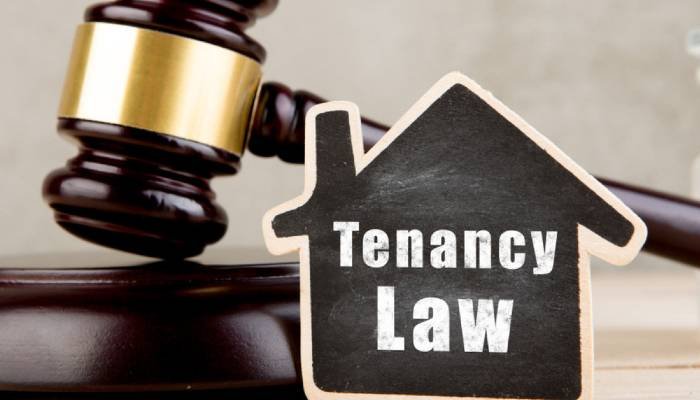The best way to resolve conflicts is through dialogue between the landlord and tenant and come to an agreement themselves, if all fails then tenancy tribunal comes into play.
In the event that a resolution cannot be reached between the parties (or if a tenant has abandoned the property), the last resort is to apply to the Tenancy Tribunal to make a binding decision.
The Tenancy Tribunal is not a court in the traditional sense.
The person presiding over the hearing is not called a judge but is called an adjudicator.
Lawyers don’t generally attend and the parties themselves present their case.
The adjudicator listens to both sides and makes a decision based on the evidence provided.

How does the Tribunal work?
Firstly, at least one of the parties has to make an application to the Tribunal.
https://www.tenancy.govt.nz/disputes/tribunal/making-an-application/
If there’s an application against you, you may also have problems you want to resolve at the same time. If this is the case, you can make your own application. This is called a cross-application.
You need to state this clearly on your application. Then Tenancy Services will schedule both applications at the same time.
After you have submitted the application, Tenancy Services will schedule the hearing and advise you in writing.
If you sort things out before the hearing, you can advise the Tenancy Services by withdrawing the application.
However, usually the fact that the parties have submitted an application to get a hearing at the Tribunal, usually means the parties have been unable to resolve the issues themselves.
At the Tenancy Tribunal
At the hearing, be formal. No need to wear a suit but smart casual is advised.
Both landlord and tenant will tell their story. The applicant will explain their side first. Present the facts briefly and clearly. It is useful to have everything written down and summarised beforehand.
If there are witnesses required, they will be allowed to present evidence if called upon.
After hearing both sides, the adjudicator will refer to the Residential Tenancies Act and consider all the facts and evidence they heard during the hearing.
The adjudicator will issue an order to settle the dispute. Both parties will receive a copy.
In most cases, the order will be made on the day of the hearing. If the decision is more complicated, the adjudicator will write up the details of the order and post it out later.
What decisions can you expect
The Tenancy Tribunal can make a range of orders. The legislative reference is s77 of the Residential Tenancies Act.
Common orders include:
- Order landlord or tenant to pay money to another party (compensation)
- Order the landlord to carry out specific work on the property (eg install a heat pump or smoke alarm)
- consider an act to be unlawful and order a penalty to be paid by the offending party
- Decide how the bond refund will be split between landlord and tenant when it is refunded
- Terminate the tenancy agreement (if one of the parties have requested the agreement to be ended)
Generally, we hope that you don’t have to go that far as the Tenancy Tribunal but it’s the avenue of last resort if you have difficult tenant landlord relationships.